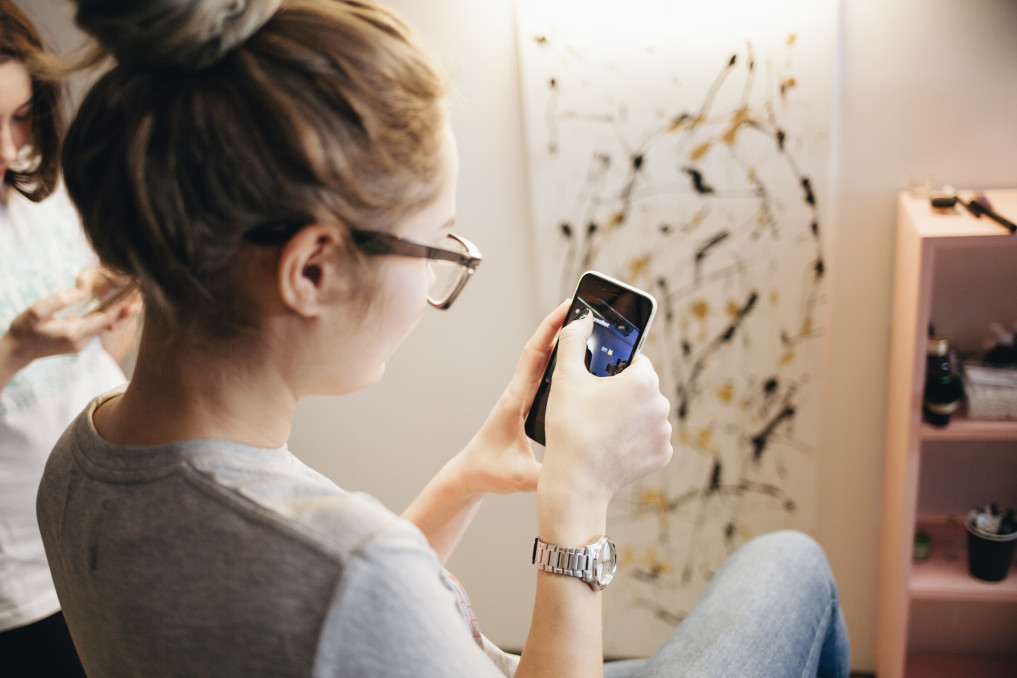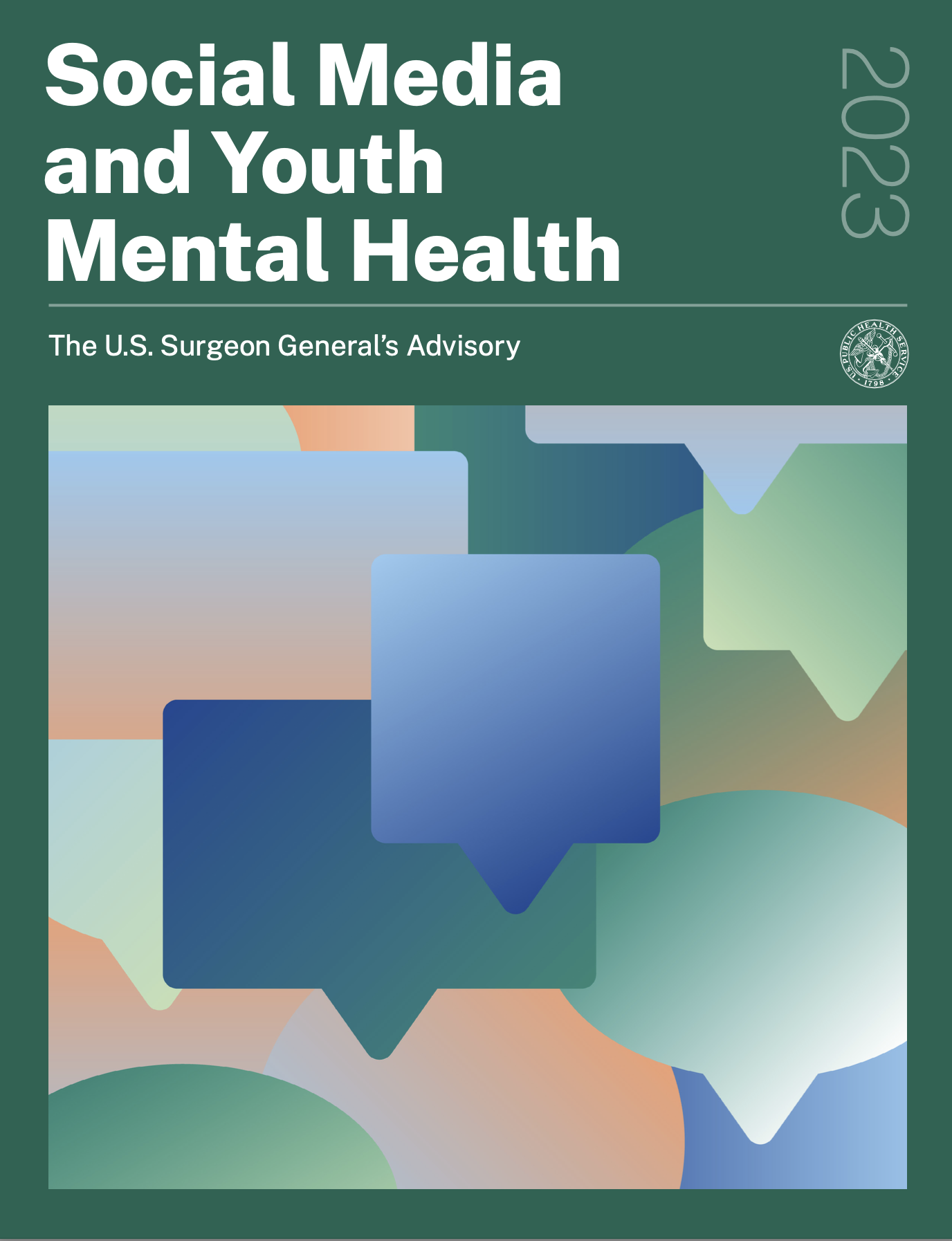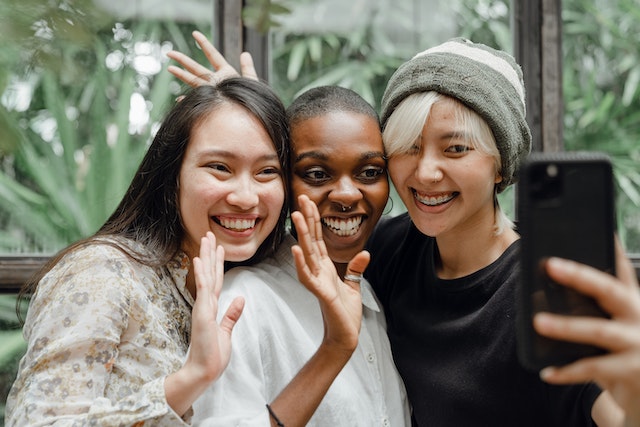 Mitch Prinstein, the chief science officer at the American Psychological Association (APA), spoke to the Senate Judiciary Committee about how social media platforms may impact youth development. NPR distilled it down to 10 useful takeaways.
Mitch Prinstein, the chief science officer at the American Psychological Association (APA), spoke to the Senate Judiciary Committee about how social media platforms may impact youth development. NPR distilled it down to 10 useful takeaways.
1. Social interaction is key to every child’s growth and development.
Humans are social creatures, and we learn through social interaction. In fact, said Prinstein, “numerous studies have revealed that children’s interactions with peers have enduring effects on their occupational status, salary, relationship success, emotional development, mental health, and even on physical health and mortality over 40 years later. These effects are stronger than the effects of children’s IQ, socioeconomic status and educational attainment.”
2. Social media platforms often traffic in the wrong kind of social interaction.
The problem is, social media platforms often (though not always) emphasize metrics over the humans behind the “likes” and “followers,” which can lead teens to simply post things about themselves, true or not, that they hope will draw the most attention.
3. It’s not all bad.
When used properly, social media can feed teens’ need for social connection in healthy ways.
What’s more, Prinstein pointed out, for many marginalized teens, “digital platforms provide an important space for self-discovery and expression” and can help them forge meaningful relationships that may buffer and protect them from the effects of stress.
4. Adolescence is a “developmentally vulnerable period” when teens crave social rewards, but don’t have the ability to restrain themselves.
That’s because, as children enter puberty, the areas of the brain “associated with our craving for ‘social rewards,’ such as visibility, attention and positive feedback from peers” tend to develop well before the bits of the brain “involved in our ability to inhibit our behavior, and resist temptations,” Prinstein said. Social media platforms that reward teens with “likes” and new “followers” can trigger and feed that craving.
5. “Likes” can make bad behavior look good.
“Research examining adolescents’ brains while on a simulated social media site, for example, revealed that when exposed to illegal, dangerous imagery, activation of the prefrontal cortex was observed suggesting healthy inhibition towards maladaptive behaviors,” Prinstein told lawmakers.
When teens viewed these same illegal and/or dangerous behaviors on social media alongside icons suggesting the negative content had been “liked” by others, the part of the brain that keeps us safe stopped working as well, Prinstein said.
In other words, bad behavior feels bad — until other people start liking it.
6. Social media can also make “psychologically disordered behavior” look good.
Prinstein spoke specifically about websites or online accounts that promote disordered-eating behaviors and nonsuicidal self-injury, like self-cutting.
7. Extreme social media use can look a lot like addiction.
He cited a litany of research that says excessive social media use in teens often manifests some of the same symptoms of more traditional addictions, in part because teen brains just don’t have the kind of self-control toolbox that adults do.
8. The threat of online bullying is real.
Prinstein warned lawmakers that “victimization, harassment, and discrimination against racial, ethnic, gender and sexual minorities is frequent online and often targeted at young people. LGBTQ+ youth experience a heightened level of bullying, threats and self-harm on social media.”
9. It’s hard not to compare yourself to what you see in social media.
Even adults feel it. We go onto social media sites and compare ourselves to everyone else out there, from the sunsets in our vacation pics to our waistlines – but especially our waistlines and how we look, or feel we should look, based on who’s getting “likes” and who’s not. For teens, the impacts of such comparisons can be amplified.
10. Sleep is more important than those “likes.”
Research suggests more than half of adolescents are on screens right before bedtime, and that can keep them from getting the sleep they need.
Excerpted from “10 Things to Know About How Social Media Affects Teens’ Brains” from NPR. Read the full article online for more details on each of the 10 takeaways. You can also read Prinstein’s 22-page testimony along with dozens of useful footnotes.
Source: NPR | 10 Things to Know About How Social Media Affects Teens’ Brains, https://www.npr.org/2023/02/16/1157180971/10-things-to-know-about-how-social-media-affects-teens-brains | © 2023 npr
If you have concerns about your child or teen, CHC Care Coordinators can arrange a free 30-minute consultation so you can explore options with an expert. We invite you to call or email us at 650.688.3625 or careteam@stage.chconline.org to set up an initial Parent Consultation appointment. CHC teletherapy services are available now.





